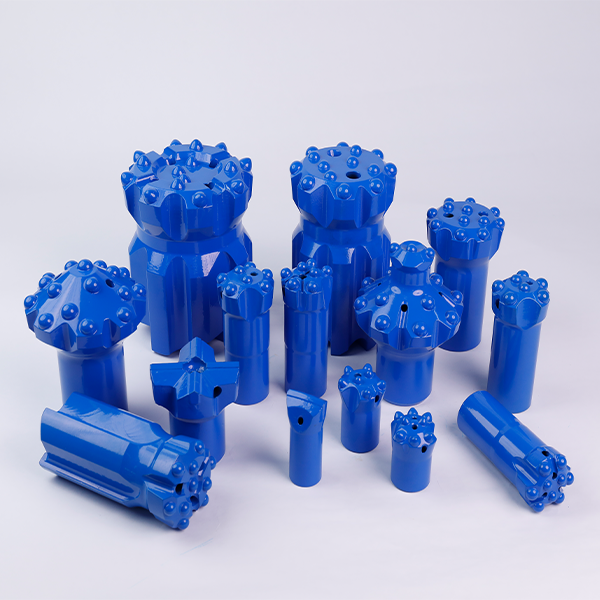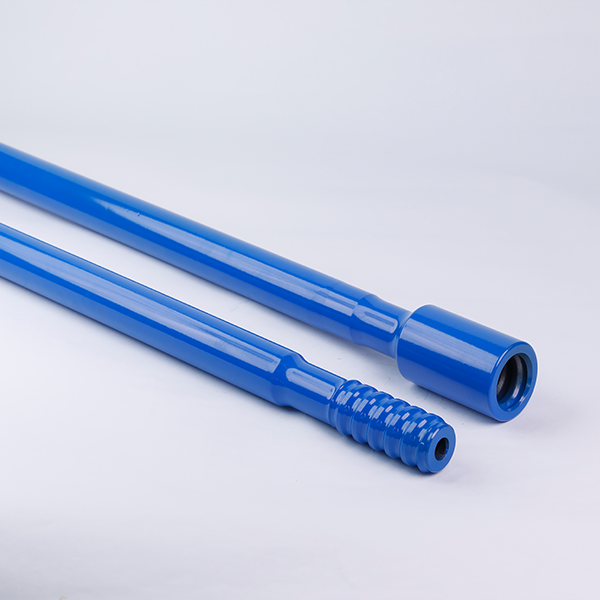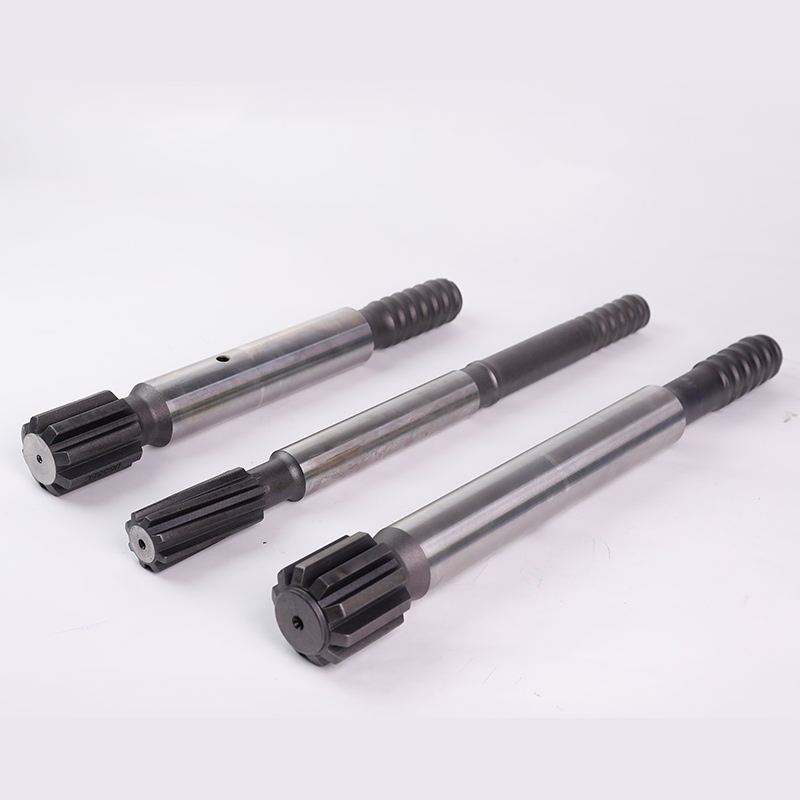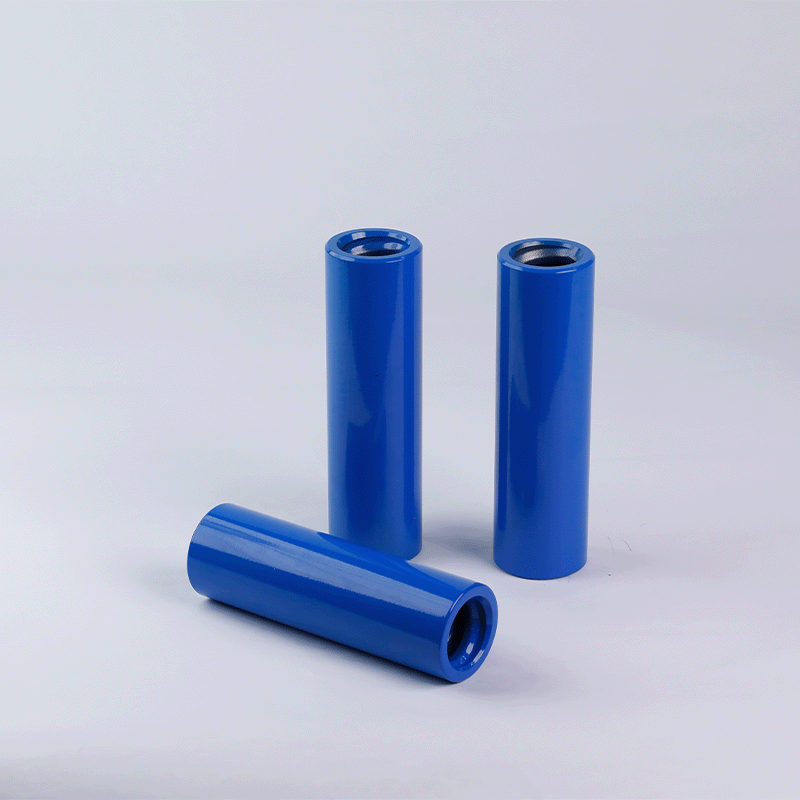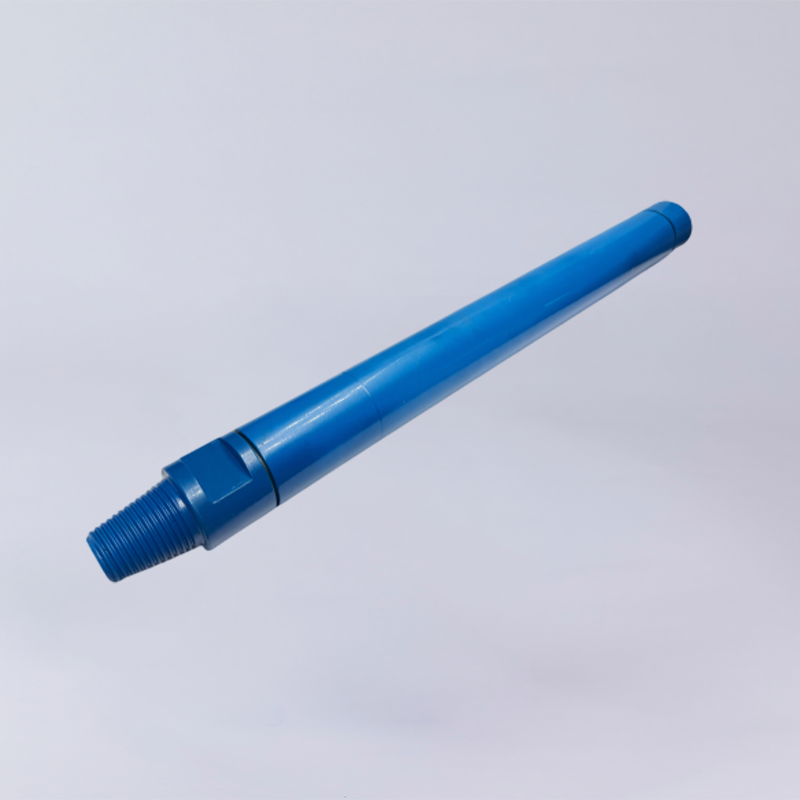Tapered button bits are essential tools in tunneling projects, designed to drill through various rock formations with precision and efficiency. These bits, typically made from high-strength alloy steel and equipped with tungsten carbide buttons, connect to tapered drill rods for secure and effective rock drilling. Choosing the right tapered button bit for tunneling can significantly impact project efficiency, cost, and safety. This guide provides a comprehensive overview of the key factors to consider when selecting tapered button bits for tunneling applications.
1. Understand Rock Formation and Hardness
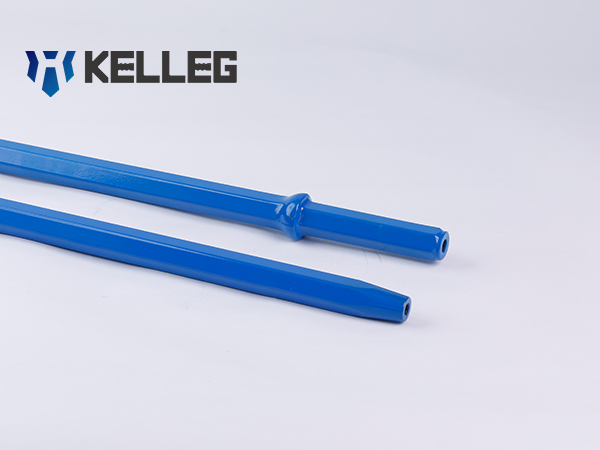
The type of rock you’re drilling through is the primary factor in selecting a tapered button bit. Tunneling projects often encounter diverse geological conditions, from soft sandstone to hard granite.
- Soft Rock (e.g., limestone, shale): Opt for bits with fewer, larger buttons (e.g., 4-5 buttons) to maximize cutting efficiency.
- Hard Rock (e.g., granite, basalt): Choose bits with more, smaller buttons (e.g., 7-8 buttons) for better wear resistance and penetration.
- Abrasive Rock: Select bits with premium-grade tungsten carbide to withstand wear.
Pro Tip: Conduct a geological survey to determine the rock’s compressive strength (measured in MPa) and abrasiveness. For example, granite typically ranges from 100-250 MPa, requiring durable bits like 34mm or 38mm 7-button bits with a 7° or 11° taper.
2. Select the Right Taper Angle
Tapered button bits come with different taper angles (commonly 7°, 11°, or 12°), which determine compatibility with the drill rod and drilling stability.
- 7° Taper: Ideal for shallow tunneling or less demanding applications due to easier bit removal.
- 11° Taper: Commonly used in tunneling for balanced stability and efficiency.
- 12° Taper: Suited for deep tunneling or high-torque drilling rigs.
Match the taper angle to your drill rod and drilling equipment to ensure a secure connection and avoid bit detachment during operation.
3. Choose the Appropriate Bit Diameter

The diameter of the button bit affects drilling speed and hole size. Common diameters for tunneling range from 32mm to 45mm.
- Smaller Diameters (32-36mm): Best for pilot holes or less powerful drills.
- Larger Diameters (38-45mm): Suitable for larger tunnels or faster drilling in softer rock.
Consider the tunnel’s design specifications and the drilling rig’s power when selecting the diameter. For example, a 38mm bit is a versatile choice for most medium-scale tunneling projects.
4. Evaluate Button Design and Configuration
The number, size, and shape of buttons on the bit influence its drilling performance.
- Button Number: More buttons (e.g., 7 or 8) provide better stability for hard rock, while fewer buttons (e.g., 4 or 5) suit softer formations.
- Button Shape: Spherical buttons are durable for hard rock, while ballistic buttons cut faster in softer rock.
- Flushing Holes: Ensure the bit has adequate flushing holes (typically 1-2) to remove debris and prevent clogging during tunneling.
5. Consider Drilling Equipment Compatibility
Your drilling rig’s specifications, such as torque, rotation speed, and impact energy, must align with the button bit. For example, high-impact hydraulic rigs require robust bits with reinforced carbide inserts. Check the manufacturer’s recommendations for compatibility to avoid premature bit wear or equipment damage.
6. Prioritize Durability and Maintenance

Tapered button bits endure extreme conditions in tunneling, so durability is critical.
- Material Quality: Choose bits made from high-grade alloy steel and premium tungsten carbide for longer lifespan.
- Maintenance: Regularly inspect and sharpen bits to maintain performance. Proper storage (dry, clean conditions) prevents corrosion.
7. Budget and Supplier Reliability
While cost is a factor, prioritize quality over the cheapest option. Low-quality bits wear out faster, increasing downtime and replacement costs. Partner with reputable suppliers offering warranties and technical support. Request samples or case studies to verify performance in tunneling applications.
Practical Tips for Optimal Selection
- Test Before Bulk Purchase: Trial a small batch of bits in your tunneling project to assess performance.
- Consult Experts: Work with geologists or drilling engineers to match bits to specific rock conditions.
- Monitor Performance: Track drilling speed, bit wear, and hole accuracy to optimize future selections.
Conclusion
Choosing the right tapered button bit for tunneling requires a thorough understanding of rock conditions, equipment compatibility, and project requirements. By selecting the appropriate taper angle, diameter, button configuration, and material quality, you can enhance drilling efficiency, reduce costs, and ensure project success. Partner with trusted suppliers and leverage geological data to make informed decisions. For high-quality tapered button bits tailored to your tunneling needs, contact a reliable manufacturer today!

